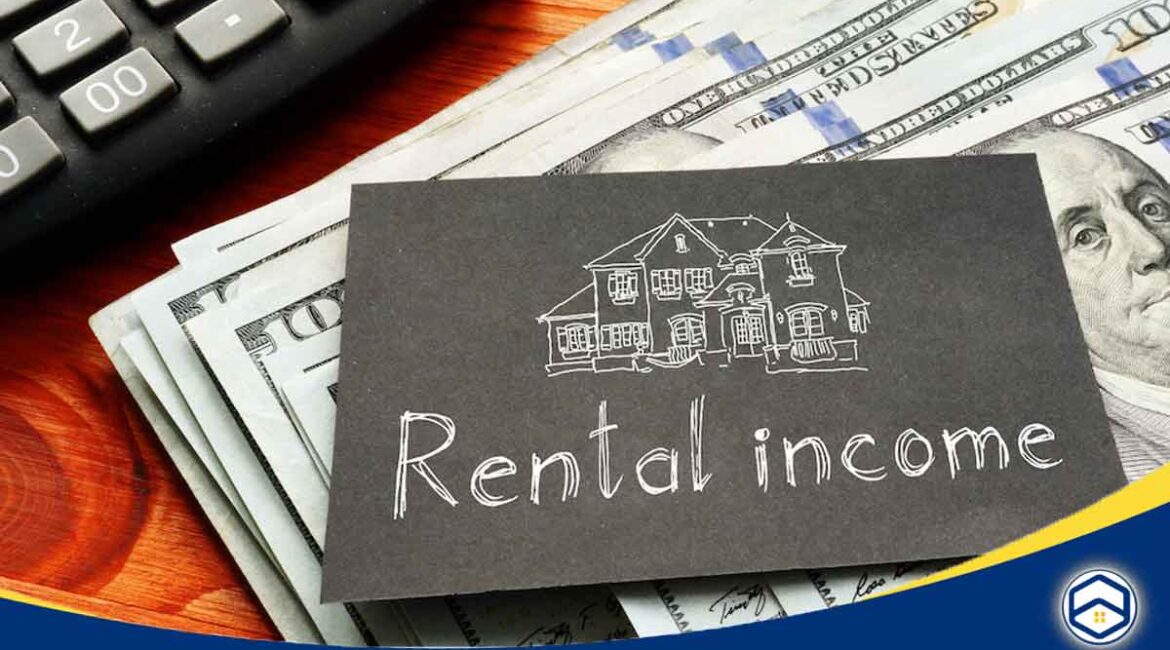
How to Calculate Average Profit On Rental Property?
Are you wondering how to optimize the average profit on your rental property? Landlords need to grasp the ins and outs of rental property profit to boost their earnings. It’s not just about the leftover cash after covering monthly expenses – there are smart strategies and important measures that can amp up the profitability of your investment.
This blog will walk you through practical steps, from understanding the difference between rental property profit and taxable net income to diving into metrics like cash flow, cap rate, cash-on-cash return, and return on investment (ROI). Whether you’re a seasoned pro or just starting in the rental property scene, these tips will help you take your investment to the next level.
What is rental property profit?
Put, rental property profit is the cash you have in hand after covering all your monthly property expenses. However, it’s important to separate this profit from your taxable net income because landlords have a smart trick up their sleeves. They can claim extra deductions that don’t involve actual cash, making a big impact on their overall financial situation. Take depreciation, for example, it lets investors deduct the property’s value (excluding the land) from their taxable income over 27.5 years.
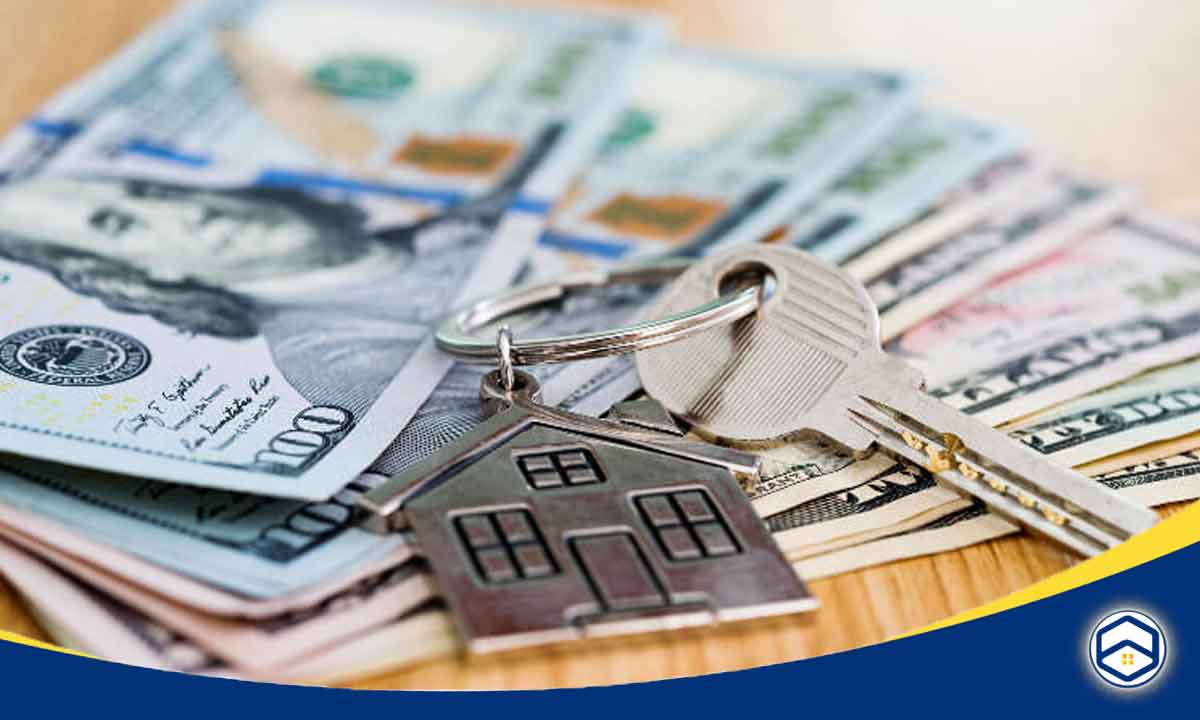
This kind of strategy can be a game-changer for rental property owners, helping them not only increase their profits but also navigate real estate tax deductions strategically. By using these deductions wisely, investors can lower their tax bills, ultimately boosting their return on investment (ROI) and securing financial success in the rental property game.
How to measure average profit on rental property?
Cash flow
When figuring out if your rental property is making money, you need to look at its cash flow. It’s a simple calculation: just subtract all the expenses from the money you make in rent.
Cash Flow = Gross Rent – Expenses
These expenses cover things like your mortgage, maintenance, taxes, HOA fees, and insurance. For instance, if your property brings in $2,500 in rent each month and your expenses add up to $1,800, including things like mortgage and taxes, your cash flow is $700 ($2,500 – $1,800).
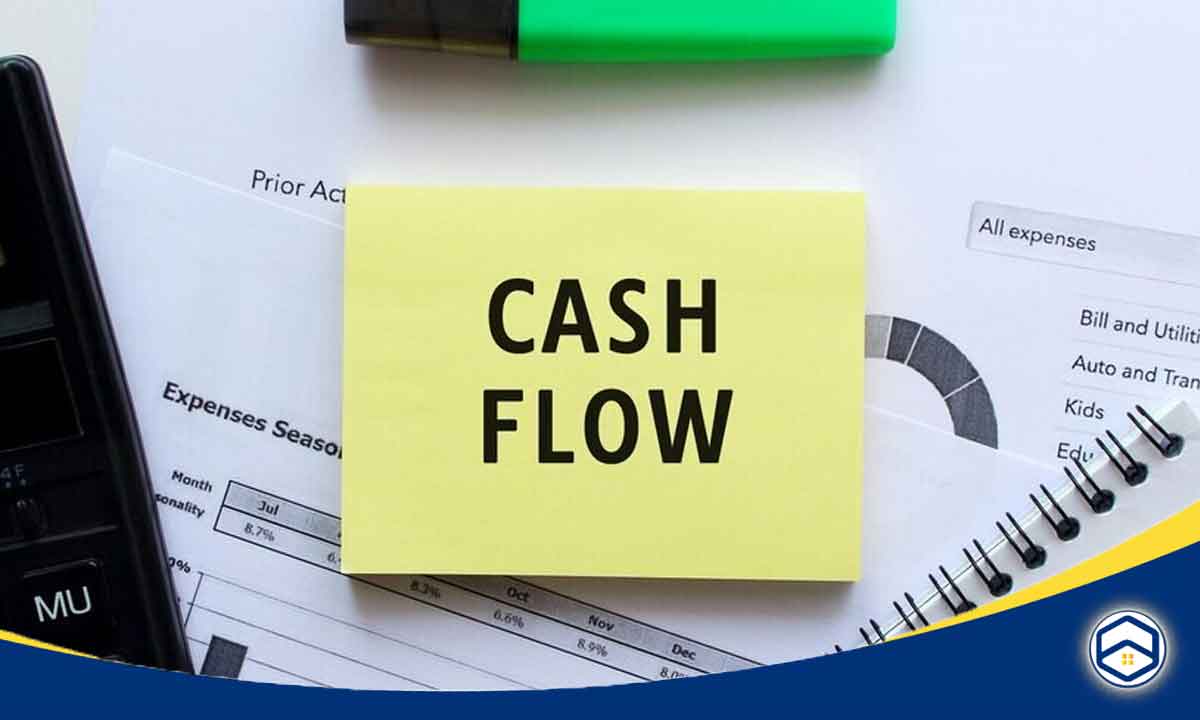
Having a positive cash flow means your income is more than your expenses, leading to higher profits and giving you more chances to invest. Investors use this cash flow calculation to figure out how much money they’re making each month and to evaluate the overall return on their investment. It’s a practical tool for making smart decisions and achieving long-term financial success in the rental property game.
Cap rate
The cap rate is a key tool for figuring out how profitable a rental property can be. It gives you an estimate of the return rate you might get as an investor. When it comes to risk, a low cap rate means there’s less risk involved, while a high cap rate points to higher risk.
Cap rate = Net operating income / Purchase price x 100
For example, if a property brings in $20,000 in NOI each year and was bought for $250,000, the cap rate would be 8% ($20,000 / $250,000 * 100). This rate is handy for quickly comparing a property’s value with others on the market. Still, it’s smart to use the cap rate alongside other metrics to get a full picture of how profitable a property is.
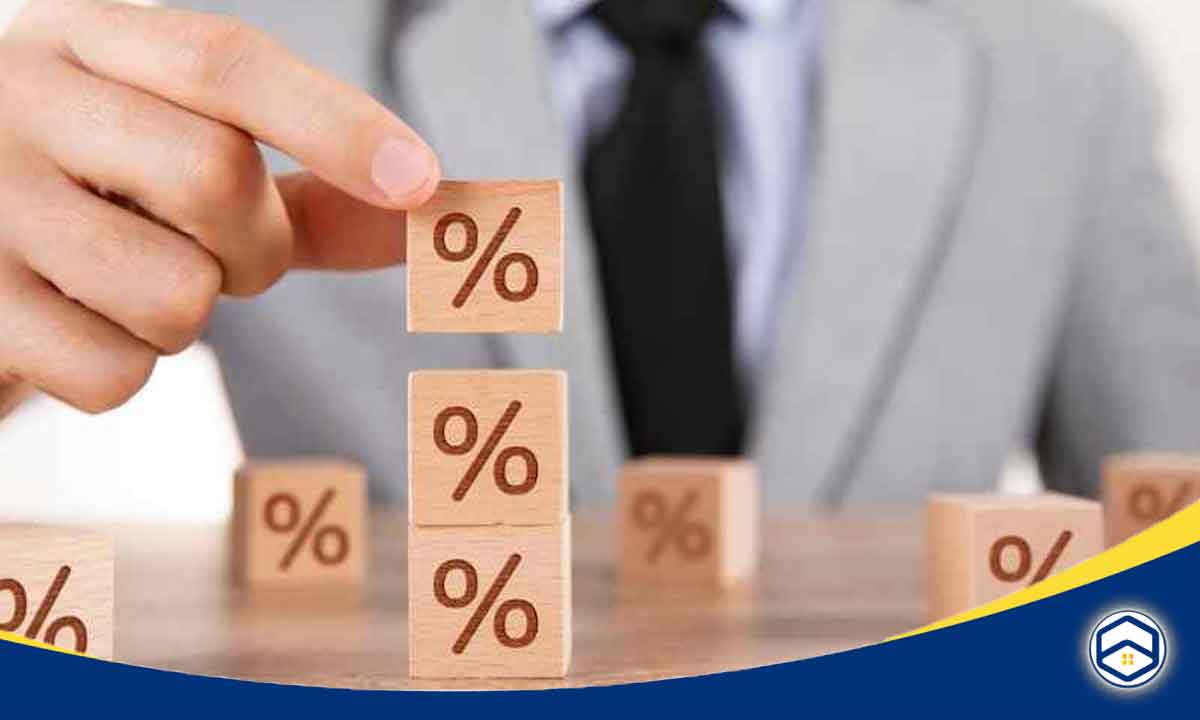
Cash on cash return
Cash on cash return looks at the cash flow generated annually and is based on the actual cash you’ve invested. This metric gives you a clear picture of the potential annual returns.
Cash-on-cash return = Annual cash flow/ Total cash invested 100
For example, if a rental property brings in $15,000 in cash flow each year, and you’ve invested a total of $100,000 in cash for the purchase and other costs, the cash-on-cash return would be 15% ($15,000 / $100,000 * 100).
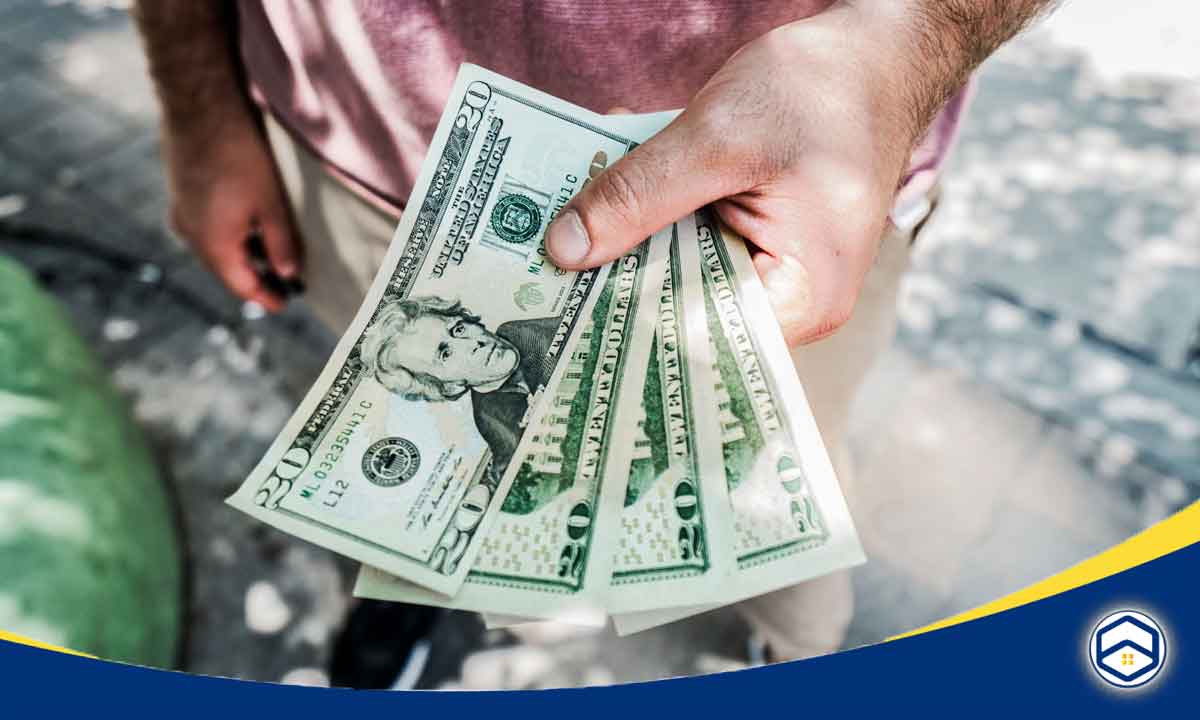
This metric is a practical tool for understanding how much money you can make and evaluating the overall profitability of your rental property in a given year, helping you make smart investment decisions.
ROI
Return on Investment (ROI) is a key metric to consider how profitable your rental property investment is. It shows your profit as a percentage of what you initially spent. The formula is simple:
ROI = (Net Profit / Total Investment) x 100
To work it out, you just need to find out how much you invested overall, estimate the yearly rental income, identify your property expenses, and then calculate the net profit. For instance, if your total investment, including the purchase and other costs, is $150,000, and your annual net profit is $15,000, the ROI would be 10% ($15,000 / $150,000 x 100). Using ROI is a helpful way for investors to see how profitable their real estate investment is. A higher ROI means more profitability, indicating a potentially good investment, while a lower ROI suggests less profitability, signaling a need for a closer look before making investment decisions.
Average profit on rental property in the United States
According to S&P 500 data, the average return on investment in the US property market is around 8.6%. Residential properties tend to give back an average of 10.6%, while commercial ones offer a 9.5% return on investment.
Another important factor to keep in mind is the capitalization rate (cap rate), where a rate of 5% or higher is seen as a good return on investment for real estate. Paying attention to these details and staying informed about market trends can help you make smart decisions and maximize the profitability of your investment property.
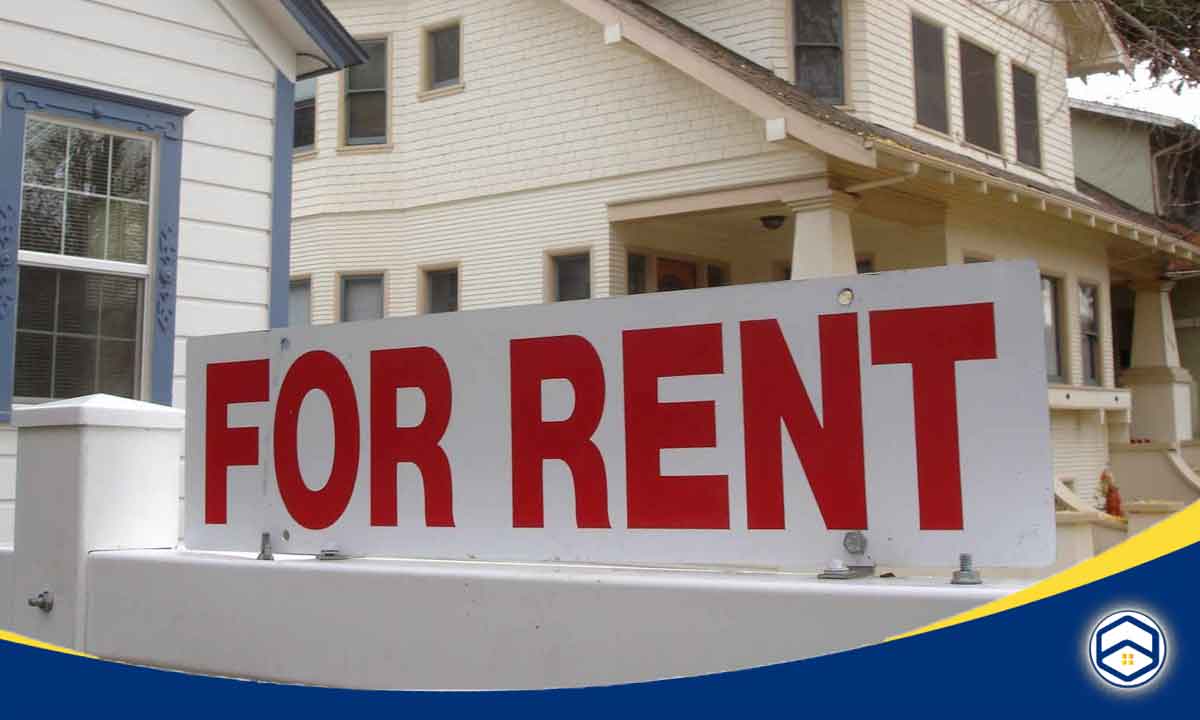
How to enhance the average monthly profit on rental property?
Boosting average rental property income involves making smart upgrades that make your place more attractive and functional. Here are some ideas:
- Kitchen upgrade: Consider updating appliances, cabinets, or countertops for a modern and appealing kitchen.
- Bathroom refurbishment: Revamp the bathroom with new fixtures, tiles, or a fresh coat of paint for a clean and inviting look.
- Energy-efficient enhancements: Invest in energy-efficient appliances or lighting to not only attract eco-conscious tenants but also reduce long-term operational costs.
- Interior aesthetic improvements: Spruce up the interior with fresh paint, updated flooring, or stylish decor to create a welcoming atmosphere.
- Smart home integration: Install smart devices like thermostats, doorbell cameras, or smart locks for added convenience and appeal.
- Additional amenities: Consider amenities like a gym, common lounge area, or laundry facilities to make your property stand out.
- Curb appeal and landscaping: First impressions matter, so invest in landscaping, a fresh coat of paint, or new siding to boost curb appeal.
- Ample storage solutions: Tenants appreciate storage space, so consider adding shelves, cabinets, or other storage solutions.
- Security enhancements: Install security features such as cameras, alarms, or secure access points for tenant safety and peace of mind.
- Pet-friendly features: Attract a broader tenant base by making your property pet-friendly with amenities like pet parks or pet-friendly flooring.
- Furnished or partially furnished options: Offer convenience to tenants by providing furnished or partially furnished units, appealing to those seeking a hassle-free move.
- Common area renovations: Enhance common areas like lobbies or hallways to create a positive community atmosphere.
Before diving into these upgrades, conduct thorough market research. Consider local rental market conditions, know your target tenant demographic, and evaluate the overall return on investment for each upgrade.
This ensures that the increased rent remains competitive and justified by the improvements, allowing you to make informed decisions that not only enhance the property but also maximize rental income in the long run.
What are the key factors that influence the profit on rental property?
Location
The location of the property is crucial in determining its rental income potential. Factors such as proximity to amenities, public transportation, and job opportunities affect the demand for rental properties in a particular area.
Property type
The type of property, such as a single-family home, multi-family unit, or commercial space, also impacts its rental income potential. Different property types have different rental rates and expenses associated with them.
Property condition
The condition of the property, including its age, size, and amenities, affects its rental value. Well-maintained and updated properties tend to command higher rents than older or outdated properties.
Rental rates
The rental rates charged for the property play a significant role in determining the rental income. Setting the right rental rates involves considering market conditions, property expenses, and the desired return on investment.
Vacancy rates
Vacancy rates refer to the percentage of time that the property is unoccupied. High vacancy rates can significantly reduce rental income and impact the overall profitability of the investment.
Operating expenses
Operating expenses include costs associated with maintaining and operating the property, such as mortgage payments, property taxes, insurance, maintenance, and repairs. These expenses can vary depending on the property type and location.
Financing costs
Financing costs, such as interest payments on mortgages or loans, can also affect the profitability of a rental property investment.
Tax implications
Tax laws and regulations can impact the rental income and expenses, affecting the overall profitability of the investment. It’s important to carefully consider and analyze these factors when evaluating the potential profit on rental property investment to make informed decisions and maximize returns.
Final thoughts
In summary, succeeding in the rental property game involves smart strategies. This blog has delved into various tools like cash flow and ROI, offering practical insights for measuring how much should you make on a rental property. Whether you’re a seasoned investor or new to the scene, understanding these basics is crucial for maximizing average profit on rental property.

0 Comments